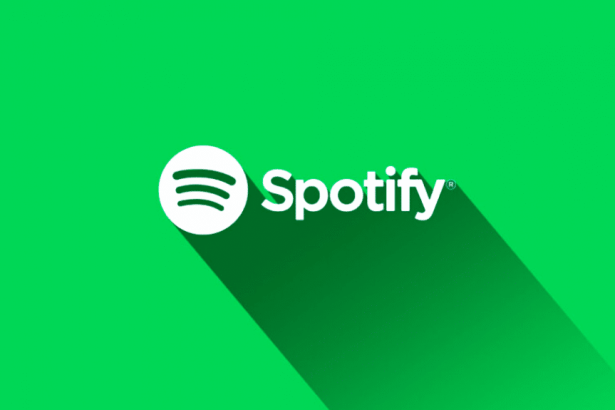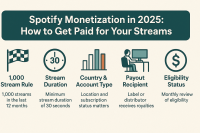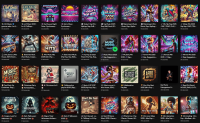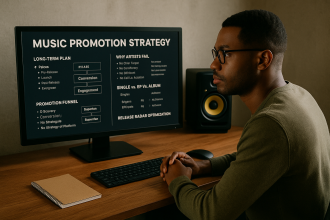Spotify has quietly rolled out a powerful update to its playlist management system, introducing integration with TuneMyMusic — a tool that allows users to transfer their playlists from other streaming platforms directly into Spotify. This strategic move arrives just ahead of the highly anticipated annual Spotify Wrapped season, a period when user engagement reaches its peak.
Far from being a simple technical update, this feature signals a clear shift in Spotify’s long-term strategy: lock in users, simplify migration, and strengthen their position as the dominant music streaming ecosystem.
A Strategic Move to Capture Switching Users
The new integration with TuneMyMusic makes it significantly easier for users of competing platforms such as Apple Music, Deezer, YouTube Music or Tidal to migrate their existing libraries to Spotify.
Instead of rebuilding playlists manually, users can now transfer entire collections in just a few clicks. This drastically reduces friction at the exact moment when many listeners are considering switching services — typically during major promotional periods like Wrapped.
Spotify isn’t just improving convenience. It’s removing psychological barriers that keep users stuck on competing platforms.
Why This Update Matters for Spotify
This update reinforces Spotify’s long game in three key areas:
User retention:
By making it harder to leave — and easier to join — Spotify is strengthening its ecosystem lock-in.
Platform dominance:
The easier it becomes to import content, the more Spotify becomes the “default” hub for users’ music lives.
Wrapped amplification:
With Wrapped approaching, Spotify ensures that new arrivals can fully participate in shareable yearly stats and personalized reports, which drive massive organic visibility across social networks.
In short, this isn’t just a feature. It’s a growth engine disguised as a productivity tool.
What This Means for Artists
For artists, playlist visibility is one of the most important growth levers on Spotify. This update directly impacts that dynamic.
When users migrate their playlists from other platforms:
• Existing playlists gain higher Spotify activity
• Imported playlists begin to influence Spotify’s recommendation algorithms
• Listener habits strengthen around Spotify’s ecosystem
This creates more data for Spotify’s algorithm to analyze, increasing the chances of tracks being recommended through:
Release Radar
Discover Weekly
Radio stations
Algorithmic playlists
For independent artists, this can translate to higher organic discovery without changing their marketing strategy.
Increased Opportunity for Playlist Placement
With more users consolidating their listening on Spotify, playlists gain more influence. This benefits:
Curated editorial playlists
Independent curators
Genre-focused communities
Third-party playlist networks
For artists actively pitching their music or working with curators, this means a larger and more engaged listening audience — especially during high-activity periods like Wrapped season.
How It Changes User Behavior
This update encourages users to fully commit to Spotify rather than splitting time between platforms. As a result:
Listening activity becomes more centralized
User data becomes more accurate
Discovery algorithms become more aggressive
That ecosystem shift favors artists who already understand how to leverage Spotify’s systems through consistent releases, strong cover art, and smart playlist strategies.
Looking Ahead: Spotify’s Bigger Vision
This playlist migration feature isn’t isolated. It fits into a broader strategy where Spotify aims to become more than a music app — it wants to be the central hub for listening culture.
By reducing the friction of switching, Spotify attracts users at scale. By improving engagement through features like Wrapped, it keeps them emotionally invested.
For artists, this means one thing: Spotify is becoming even more important as a discovery engine.
Final Thoughts
Spotify’s integration with TuneMyMusic is a quiet but highly strategic upgrade. It strengthens user loyalty, accelerates user acquisition and enhances the power of playlists — all just before the most important engagement period of the year.
For artists, this means more potential listeners, stronger playlist ecosystems and new opportunities for organic growth.
Those who understand how to move inside Spotify’s algorithmic landscape will benefit the most from this shift.
![]()


















